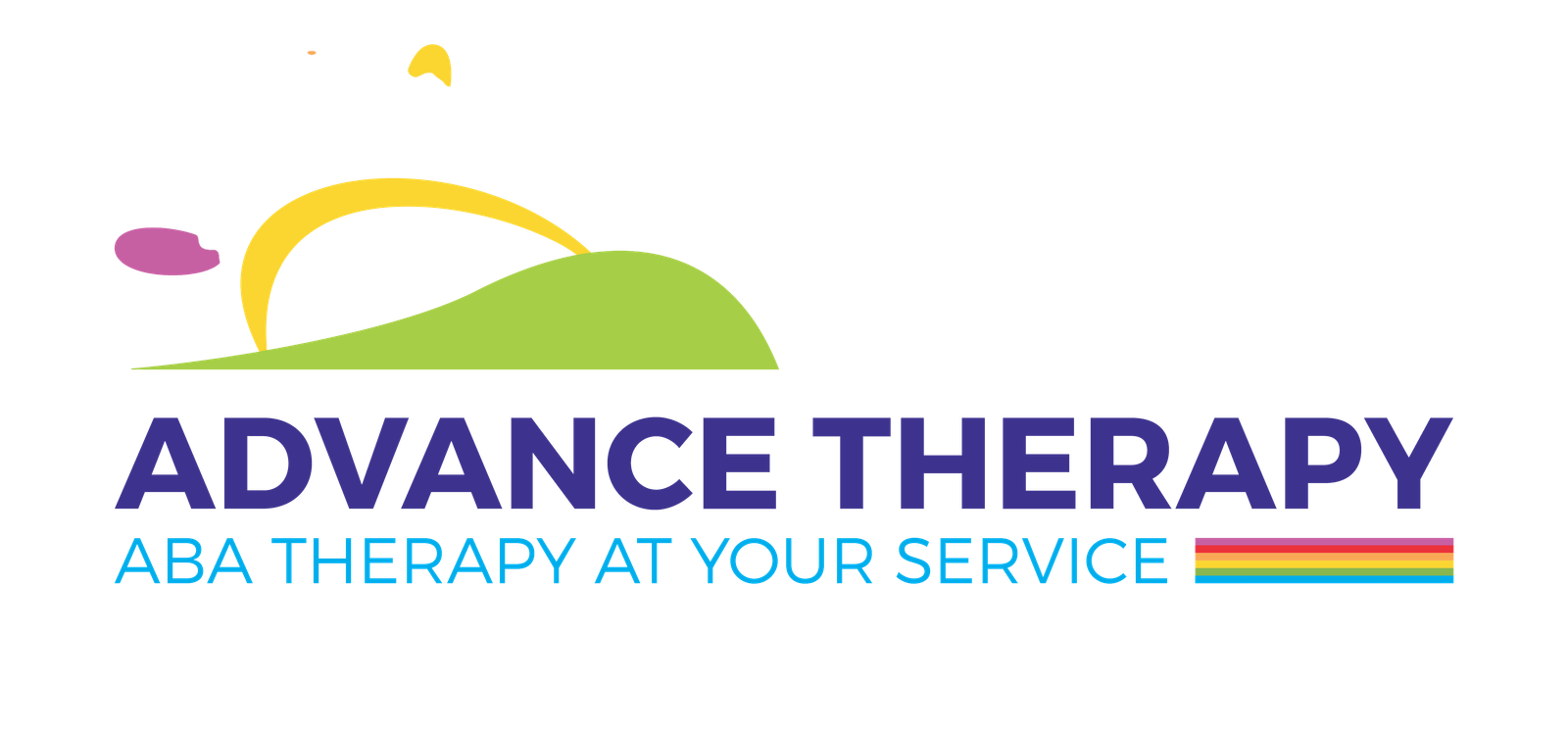What is ABA Therapy?
Before debunking myths, it’s essential to understand what ABA therapy actually is. ABA therapy is a science-based method that focuses on understanding and improving behaviors. Through observation, data collection, and individualized interventions, ABA aims to:
Increase positive behaviors like communication, social skills, and independence
Reduce behaviors that interfere with learning or daily life
Support long-term development through consistent, measurable goals
ABA isn’t a one-size-fits-all approach. Each program is customized to the individual’s strengths, needs, and goals, making it highly adaptable for children, teens, and adults alike.
Myth 1: ABA Therapy is Only for Children with Autism
The Truth
While ABA is widely recognized for its effectiveness in supporting children with autism, its applications extend far beyond this group. ABA therapy is used in schools, clinics, and home settings to help individuals with:
Research shows that ABA techniques can improve skills, build independence, and enhance quality of life for a wide range of populations. Limiting ABA to autism ignores the breadth of its potential benefits.
Myth 2: ABA Therapy is Rigid and Robotic
The Truth
One of the most persistent myths about ABA therapy is that it forces children into robotic behaviors. In reality, ABA programs are highly flexible and personalized.
Therapists focus on positive reinforcement and naturalistic teaching methods, meaning interventions are often embedded into daily routines rather than imposed artificially. The goal is not to eliminate personality or spontaneity but to encourage functional, independent skills in a supportive and enjoyable way.
Myth 3: ABA Therapy Uses Punishment
The Truth
Many people associate ABA therapy with negative reinforcement or punishment. While early forms of behavioral interventions sometimes relied on aversive methods, modern ABA is overwhelmingly positive and reinforcement-based.
Therapists emphasize praising, rewarding, and motivating individuals rather than punishing them. The use of any form of negative consequences is rare, ethically scrutinized, and only considered under highly controlled circumstances. Parents and caregivers can always request detailed program plans to ensure that ABA aligns with their values.
Myth 4: ABA Therapy Doesn’t Respect Individuality
The Truth
Some critics claim ABA therapy forces everyone to conform to a standard or suppress their identity. This is not accurate. A modern ABA approach is all about respecting individuality.
Every ABA program is data-driven and personalized, with goals tailored to the person’s interests, strengths, and preferences. The therapy can include socially relevant skills, communication in preferred modes (verbal, gestural, or augmentative), and leisure or recreational activities that the person enjoys. Far from erasing individuality, ABA works to empower it.
Myth 5: ABA Therapy is Only About Compliance
The Truth
Another common myth is that ABA teaches people to simply follow instructions without thinking. In reality, ABA therapy emphasizes functional skills and meaningful independence.
For example, a therapist might teach a child to request a snack independently, navigate social interactions, or complete daily self-care tasks. These skills increase autonomy rather than blind obedience. Compliance is sometimes part of safety training, but the overarching goal is always functional, life-enhancing behavior.
Myth 6: ABA Therapy is Painful or Traumatic
The Truth
The fear that ABA therapy is inherently harmful is based on outdated practices from decades ago. Modern ABA is ethical, compassionate, and carefully monitored.
Therapy sessions are designed to be engaging and motivating.
Reinforcements are tailored to what the individual enjoys.
Progress is gradual, and therapy always emphasizes consent and comfort.
Countless families report that ABA is not only beneficial but also a positive experience that fosters confidence, social engagement, and personal growth.
Myth 7: ABA Therapy Provides Quick Fixes
The Truth
ABA is not a magic solution that works overnight. While progress can sometimes be noticeable in weeks, meaningful and lasting change usually requires consistent, ongoing intervention.
Therapists regularly collect data and adjust strategies to ensure progress. Parents and caregivers are often involved in the process, helping to generalize skills across settings. Think of ABA like learning to play an instrument or a new language—practice, consistency, and support are key to long-term success.
Myth 8: ABA Therapy is Expensive and Inaccessible
The Truth
ABA therapy can be costly, but many families have access through insurance, school programs, or community services. Increasingly, telehealth and online ABA programs have made therapy more accessible.
It’s also important to consider the long-term investment. Skills learned through ABA can reduce the need for intensive support later, often saving families both money and stress in the long run. Exploring funding options, grants, and insurance coverage can make therapy more affordable.
Myth 9: ABA Therapy Ignores Emotions
The Truth
A common misconception is that ABA focuses solely on observable behaviors, ignoring emotional well-being. Modern ABA integrates emotional regulation, social-emotional learning, and mental health considerations.
Therapists often work closely with psychologists, speech therapists, and occupational therapists to address emotional needs alongside skill development. The goal is holistic improvement, not just behavior modification.
Myth 10: ABA Therapy is Outdated
The Truth
Some people think ABA belongs to the past. In reality, ABA is continually evolving with research, technology, and ethical guidelines. Innovations include:
Naturalistic developmental behavioral interventions (NDBI)
Telehealth ABA sessions
Data-driven mobile apps to track progress
Parent training and caregiver support programs
Modern ABA is dynamic, flexible, and grounded in decades of evidence, making it one of the most reliable interventions for behavioral and developmental support.
How to Identify Credible ABA Therapy Programs
With myths circulating widely, it’s crucial to choose programs based on evidence, professionalism, and ethics. Key indicators of a credible ABA program include:
Board-Certified Behavior Analysts (BCBAs) leading programs
Individualized treatment plans based on data-driven assessment
Use of positive reinforcement techniques
Collaboration with families, schools, and other professionals
Ongoing monitoring, reporting, and adjustment of goals
Asking questions, observing sessions, and reviewing credentials can help families ensure that their child receives ethical and effective ABA therapy.
Conclusion
The myths surrounding ABA therapy often stem from outdated practices, misunderstandings, or misrepresentation.
Understanding the truth about ABA therapy can empower families, educators, and individuals to embrace an approach that has helped millions achieve meaningful growth. By dispelling these myths, we not only make therapy more accessible but also encourage a more informed and compassionate conversation around behavioral and developmental interventions.
ABA therapy is not a one-size-fits-all fix, but it is a highly effective, science-backed tool that can transform lives when implemented ethically and thoughtfully. Families and professionals who approach ABA with knowledge and openness are best positioned to see its full benefits.
Whether you are considering ABA for your child, a student, or yourself, remember: the key is evidence, personalization, and collaboration. By separating myths from reality, you take the first step toward meaningful, lasting progress.


